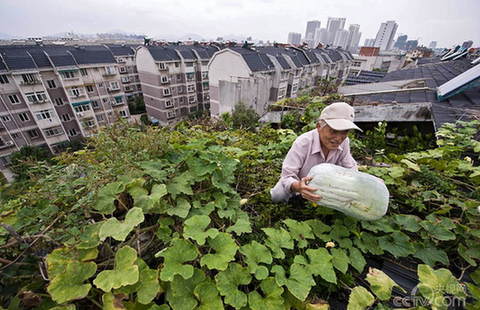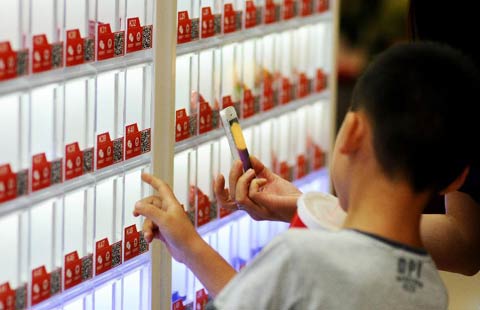Why we are forever blowing bubbles
By Zhu Ning (China Daily) Updated: 2014-09-15 09:31
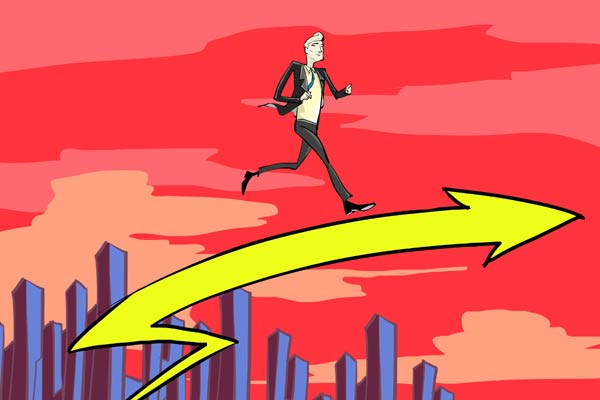 |
|
ZHANG CHENGLIANG/CHINA DAILY |
The slowing of Chinese economic growth and cooling of the real estate industry have heated up the debate about whether housing and the economy as a whole have formed bubbles.
This is a tough question. Even after many conversations with Nobel laureates, I have no clear answer.
What exactly are economic bubbles anyway? Charles Kindleberg, a renowned Harvard economist who has studied them, says they are "unsound economic undertakings, often accompanied by highly speculative investment and price increases".
The price increases themselves cause investors to think prices will keep rising without end. A key feature is a lack of fundamental support and a self-fulfilling prophecy. Traditional valuation methods are discarded during stock bubbles such as the Internet bubble of the late 1990s. Similarly, fundamental property investment criteria were ignored during housing bubbles in Japan, Hong Kong and the United States.
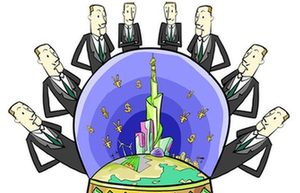 |
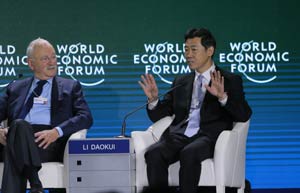 |
The South Sea bubble was embraced in Britain in the early 1700s. The South Sea Company was a British firm that won a monopoly in trade with Spain's American colonies. An influential legislator declared that the rise in South Sea Company stock prices would benefit shareholders, the government and the common people connected to the company. So even if share prices were unreasonable, they were accepted as sustainable and beneficial. When the bubble burst, many British families lost their life savings.
Too much attention to short term prices, and obliviousness to the fundamentals, are key characteristics. During the 17th century tulip bubble in the Netherlands, a single prized bulb sold for as much as 20 townhouses in central Amsterdam. During Japan's real estate bubble in the late 1980s, the land under Japan's Royal Palace in central Tokyo (about 2 square kilometers) was estimated by some as more valuable than the total land value of California. What is intriguing is that investors were not turned off, but, if anything, attracted. This is a perverse aspect of bubbles: They are self-fulfilling prophecies. It is the belief that prices will keep rising that produces the bubble.
While bubbles are not always easy to define, economists have reached some consensus on their cause.
First, there is technological and financial innovation.
They are associated with a new product, a new technology, a new market, or a new region. Because of the emergence of new things, people feel they cannot rely on existing benchmarks to evaluate novel opportunities, providing ample room for speculators to spin their stories.
Because of the "mysteries" surrounding new things, investors are motivated to make speculative bets. Early successes stimulate the market to become foolhardy. Investors are driven by wishful thinking that the new things will change their lives forever. Innovations in business models and financial products can sometimes be even more convincing. New financial products that promised to help everyone realize the dream of home ownership proved to be too good to be true. Because such innovations take a longer time to be shown for what they really are, bubbles may last even longer and cause even greater damage.
- Alibaba kicks off Asia roadshow in HK
- Alibaba set for biggest IPO in history
- China's rooftop power generation surges despite challenges
- CNOOC reports first deepwater gas discovery in South China Sea
- China, Malaysia join hands in port partnership
- Shanghai FTZ senior official removed
- Urban farmers in China
- Beijing raises hiring standard for foreign employees
